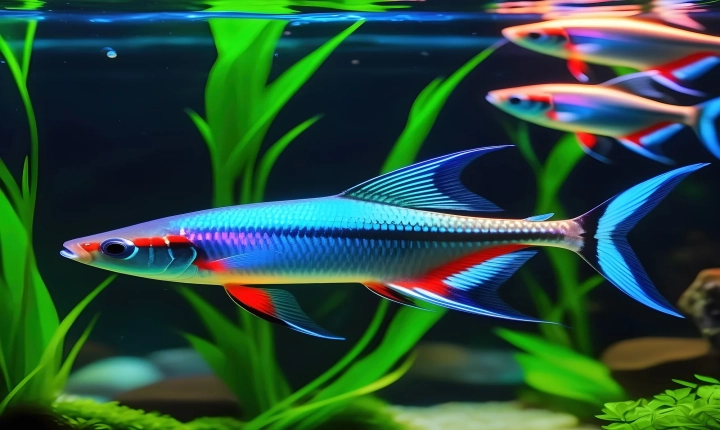Teaching AI to Compose Music: The Future of Music Creation
As artificial intelligence continues to advance, its applications in various domains are becoming increasingly prominent. One such area is music composition, where AI systems are being trained to create original pieces of music. This intersection of technology and art has sparked a new wave of creativity and innovation, opening up exciting possibilities for the future of music.
Teaching AI to compose music involves a combination of machine learning, data analysis, and musical theory. By leveraging these tools, researchers and developers have made significant progress in enabling AI systems to generate music that is both compelling and original. Here’s a look at some of the key steps involved in teaching AI to compose music.
Data Collection and Analysis
The first step in training an AI system to compose music is to gather a vast array of musical data. This can include everything from classical compositions to modern pop songs. By feeding this data into the AI, the system can analyze patterns, structures, and stylistic elements within the music.
Machine Learning Algorithms
Machine learning algorithms play a critical role in teaching AI to compose music. These algorithms enable the AI to learn from the musical data it has been fed and identify recurring patterns, chord progressions, and melodic motifs. Over time, the AI can develop an understanding of different musical styles and genres, allowing it to create original compositions that reflect these influences.
Musical Theory and Rules
It’s essential to incorporate musical theory and rules into the AI’s training. This ensures that the compositions generated by the AI adhere to fundamental principles of harmony, rhythm, and melody. By incorporating these principles, the AI can create music that is structurally sound and artistically compelling.
Creative Evolution
Teaching AI to compose music is not just about replicating existing compositions. It’s also about fostering creativity and originality. AI systems can be programmed to incorporate elements of randomness and experimentation, allowing them to generate unexpected and innovative musical ideas.
Feedback and Iteration
As the AI generates music, it’s crucial to collect feedback from human experts and musicians. This feedback can help refine the AI’s compositions, guiding its creative process and ensuring that the music it produces is of high quality. Through an iterative process of training and refinement, the AI can continue to evolve and improve its musical output.
Real-World Applications
The ability of AI to compose music has numerous real-world applications. For example, AI-generated music can be used in film and television soundtracks, video game sound design, and commercial advertising. Additionally, AI-composed music can serve as a source of inspiration for human musicians, sparking new ideas and creative directions.
Challenges and Ethical Considerations
As with any emerging technology, the rise of AI in music composition raises important challenges and ethical considerations. For example, there are concerns about the potential impact of AI-generated music on the livelihoods of human composers and musicians. Moreover, questions about intellectual property rights and the originality of AI-generated music continue to be hotly debated topics.
Looking Ahead
The future of AI in music composition is full of promise. As AI systems continue to learn and evolve, they have the potential to push the boundaries of musical creativity, offering new perspectives and fresh ideas. By combining the technical capabilities of AI with the emotional and expressive nature of music, we are entering an era where human creativity and artificial intelligence can harmoniously collaborate to create beautiful and innovative music.
In conclusion, the process of teaching AI to compose music represents a fascinating blend of technology, art, and human ingenuity. As AI continues to advance, its role in music composition will likely become more prominent, offering new opportunities for creativity, expression, and collaboration in the world of music.
